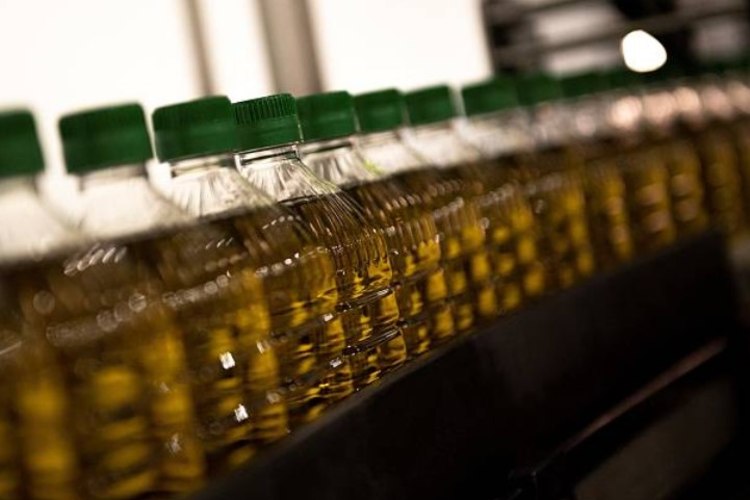
Despite decades of policy shifts, India’s edible oil sector has struggled to achieve self-sufficiency, largely due to a growing reliance on imports. The Union Budget 2025 has renewed the government’s push towards reducing this dependency, reaffirming the vision of Aatmanirbhar Bharat. A key proposal in the budget involves developing over 600 value chain clusters across 347 districts, covering more than 10 lakh hectares annually. These clusters will be managed through partnerships involving Farmer Producer Organisations (FPOs), cooperatives, and a mix of public and private entities. They will provide quality seeds, training on Good Agricultural Practices (GAP), and advisory support on weather and pest management.
India’s journey towards self-sufficiency in edible oils began in the mid-1980s with the launch of the National Oilseed Development Project. This initiative, later restructured as the Technology Mission on Oilseeds in 1986, led to a near self-sufficient status by the early 1990s. However, the liberalisation of trade in 1994 marked a turning point. As import duties on edible oils were gradually reduced, cheaper foreign oils flooded the market, and domestic support systems were scaled back. Today, India imports 55–60% of its edible oil needs, mainly from Indonesia, Malaysia, Argentina, and Brazil.
READ | Why Trump’s trade war with China is doomed to fail
Edible oil imports dependency
This dependency has been exacerbated by population growth, rising incomes, and evolving dietary preferences, pushing demand far beyond what domestic production can meet. With annual edible oil imports valued at around $20 billion, the country remains vulnerable to global price volatility, trade restrictions, and geopolitical tensions.
To counter this, the government launched the National Mission on Edible Oils – Oilseeds (NMEO-Oilseeds) in October 2024, with an allocation of ₹10,103 crore. Running from 2024–25 to 2030–31, the mission aims to boost domestic oilseed production from 39 million tonnes to nearly 70 million tonnes. It targets key crops such as mustard, groundnut, soybean, sunflower, and sesame, and promotes oil extraction from secondary sources. The goal: to meet 72% of the nation’s edible oil demand domestically by 2030–31.
However, increasing oilseed cultivation presents a double-edged sword. Unlike staple crops like wheat and rice, oilseeds are resource-intensive and often drive monoculture farming. This depletes soil nutrients, increases dependence on chemical inputs, and reduces biodiversity. In ecologically sensitive regions, such as Meghalaya, the expansion of oilseed cultivation could accelerate deforestation, disrupt fragile ecosystems, and place additional stress on water resources.
The environmental implications extend further. Crops like soybean, mustard, groundnut, and sunflower are linked to large-scale land conversion, often involving forest clearance and biodiversity loss. The introduction of oil palm cultivation under the edible oil programme is particularly concerning. Palm plantations have long been associated with soil degradation and destruction of wildlife habitats across Southeast Asia. Replicating this model in India could have irreversible consequences in ecologically vulnerable zones.
Moreover, many oilseed crops require high water inputs and are grown in unsuitable regions, worsening groundwater depletion. Their susceptibility to pests demands heavy pesticide use, contributing to soil erosion, water pollution, and a decline in pollinators—critical for crops like mustard and sunflower. Without established crop rotation systems, oilseed farming can reduce long-term soil fertility and increase vulnerability to climate shocks.
To avoid these pitfalls, region-specific, climate-smart solutions must be central to the mission. Agroforestry-based oilseed farming is one such strategy. Mustard, groundnut, and sesame can be intercropped with fruit trees like mango and guava or nitrogen-fixing species such as moringa and acacia. In Rajasthan and Gujarat, integrating hardy trees with mustard cultivation can combat desertification and enrich soil health. In Tamil Nadu and Karnataka, groundnut intercropped with coconut plantations can reduce evaporation and enhance biodiversity.
Precision agriculture must also be part of the toolkit. AI-driven soil health monitoring, drip irrigation, and the use of bio-fertilizers can drastically cut water and chemical use—critical in states like Maharashtra and Madhya Pradesh, where water-intensive soybean and sunflower cultivation is already straining local resources. Installing sensor-based irrigation systems in such regions could reduce water usage by up to 40%.
Developing climate-resilient oilseed varieties tailored to local conditions can further reduce environmental stress. Drought-tolerant mustard in Rajasthan and Haryana, flood-resistant soybean in Assam and West Bengal, and salinity-tolerant groundnut in coastal Andhra Pradesh and Odisha are essential innovations. Similarly, promoting oilseed farming on wastelands and degraded areas—such as bund farming of sesame in Bundelkhand or castor intercropping in semi-arid Gujarat—can boost production without deforestation.
Incentivising organic oilseed farming and implementing bee-friendly policies are also critical for ecological sustainability. Protecting pollinator populations in key cultivation states like Punjab, Haryana, and Uttar Pradesh can be achieved through integrated pest management (IPM) and restrictions on bee-toxic pesticides. A holistic approach—combining agroforestry, precision farming, resilient varieties, sustainable processing, and pollinator protection—can enhance yields without compromising the environment.
The NMEO-Oilseeds initiative marks a critical step in India’s quest for edible oil self-reliance. But self-sufficiency must not come at the cost of environmental degradation. Expansion without ecological safeguards will only jeopardise long-term agricultural productivity and food security.
True growth lies not just in producing more oilseeds, but in cultivating them sustainably. By embracing agroecological principles and empowering farmers with the right tools and incentives, India can build a future where economic and ecological goals are aligned. Failure to strike this balance could once again push the country toward import dependence—undermining the very mission it seeks to accomplish. With foresight and inclusive policy design, India can achieve both self-reliance and environmental resilience, securing a better future for generations to come.
Dr Barun Kumar Thakur is Associate Professor at department of economics; Pranjali Chhajed and Ridhima Sharma are students at FLAME University, Pune.
